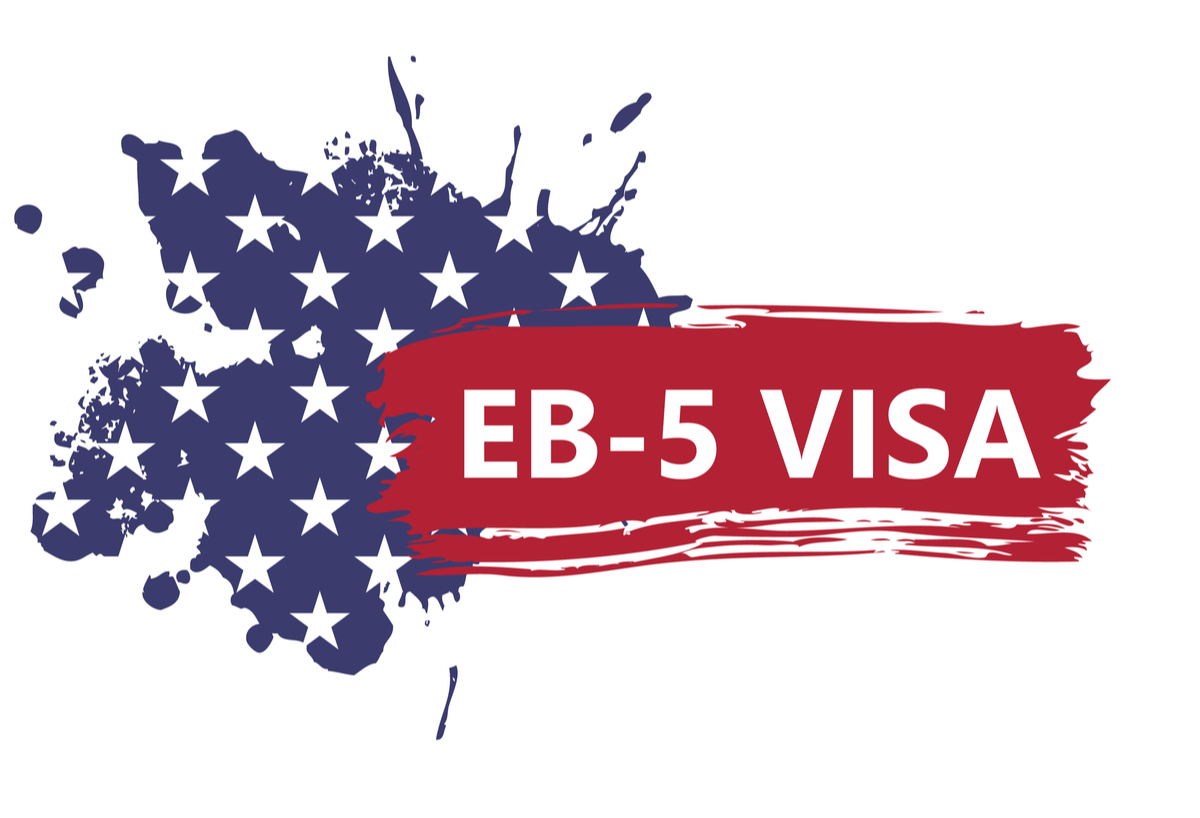 BY ELIZABETH KRUKOVA, ESQ.
BY ELIZABETH KRUKOVA, ESQ.
The EB-5 program attracts foreign nationals who dream not only of obtaining a U.S. green card but also about the international expansion of their businesses. In most cases, foreign businessmen face a desire, at times necessitated by their business, to obtain permanent residency in the United States, and many of them turn to the EB-5 program as the optimal solution. Therefore, it is important to focus on certain key aspects of the standard EB-5 program in order to gauge the advantages of an “active” EB-5 path to a U.S. green card.
Despite the prevailing popularity of passive EB-5 investment through regional centers under the EB-5 Pilot Program, EB-5 investment in standalone businesses in the United States is also attractive to foreign citizens. According to official EB-5 statistics, “stand-alone (non-Regional Center) EB-5 investments in 2011 included a relatively large percentage at the $1 million level, with 230 visas associated with investments outside of Targeted Employment Areas (TEAs) as compared with 152 visas associated with TEA/$500,000 investments.” [1] Thus, the most common notion that choosing the active EB-5 path is less preferred, given the existence of the EB-5 Pilot Program—a significantly less stressful option—appears not to hold water for entrepreneurs whose primary goal is to lead the implementation of their investment project at all stages.
In our practice, we see more and more foreign entrepreneurs willing to start their business in the United States in the hopes of reaching prosperity and success in the American market. These foreign nationals soon realize that, in order to proceed with their business endeavors, they need to seek legal support to take care of immigration matters first. U.S. immigration law provides them with a choice of non-immigrant visas; the H1-B work visa, the L-1A visa for multinational executives, or the E visa for treaty investors. However, these categories are associated with strict qualifications, namely, higher education in the specific field, an existing U.S. business that would be acting as an employer in the United States, proof of a qualifying relationship between a foreign organization and a newly formed U.S. business, appropriate job duties in compliance with the proposed position in the United States, etc. Although foreign businesspeople are eligible to apply for permanent residency while holding one of the non-immigrant statuses listed above, the process of adjustment of status will most likely take many years. Moreover, the countless legal formalities that are required for an adjustment of status under the EB-3 or EB-2 categories could siphon vital time and resources that businesspeople could dedicate to the management and organization of their investment—a sacrifice that is all the more burdensome in cases of large-scale investment or innovative technologies. Therefore, if a large-scale investment project is to come into play, direct EB-5 would be the fastest way to obtain permanent residency.
Indeed, let’s take a look at a few aspects of the standard EB-5 program that are usually considered to be hurdles to the standalone investor but can, in fact, be reconsidered or easily remedied.
- $1 million investment requirement vs. $500,000 investment requirement through a regional center Standalone EB-5 investors are also eligible for an investment threshold of $500,000 if the investment project will take place within a TEA. However, most business projects have a higher chance of success in regions with better economic conditions, as these projects aim for significant profit, giving those who invest $1 million a higher potential for profit. Besides, a project associated with the acquisition of machinery, buildings, advanced equipment, research and development, and the invention of competitive technologies would likely require a total of at least $1 million.
- Job creation Although regional centers are allowed to use various methodologies for job count, the requirement that standalone EB-5 investors count direct jobs only is not impossible to meet. These 10 jobs do not have to be jobs for highly qualified professionals; these 10 employees could be administrative staff required to maintain an enterprise, and an investor is only required to pay the minimum wage set by the U.S. Department of Labor for a certain occupation. Moreover, these 10 positions do not have to be created at once, but are only required within two years from when a foreign investor receives his/her conditional green card.
- Management and organization of the business The standard EB-5 program requires the immigrant investor to be actively involved in the organization and management of the investment project. While this may initially seem to be a hurdle, it is, in fact, the main reason why some foreign businesspeople choose the active EB-5 path. Additionally, if an entrepreneur is in control of his/her own business, it would not be that difficult to collect the required evidence to prove job creation and capital investment to receive a permanent green card.
Therefore, the classic version of EB-5 program could be the best solution for active and talented businesspeople inspired by ideas that, if implemented, would benefit both the foreign investor and the U.S. economy. It would be appropriate to recall that in August 2011 USCIS officials outlined a series of new policy, operational, and outreach efforts that will help fuel the nation’s economy and stimulate investment by making it easier for highly skilled immigrants to start and grow companies, and create jobs here in the United States.[2] Didn’t they address these efforts first of all to those talented in management and business organization, and wouldn’t they welcome those who prefer to implement productive ideas in the United States?
[1] Please refer to http://blog.lucidtext.com/category/eb-5-statistics/ for full text.
[2] The White House Blog, Tuesday, August 02, 2011: http://www.whitehouse.gov/blog/2011/08/02/making-it-easier-immigrants-start-companies-united-states
Elizabeth Krukova, Esq. is an attorney at law at National Capital Legal Services, Inc. She is admitted to practice in Maryland, Virginia, New York, and the District of Columbia.
DISCLAIMER: The views expressed in this article are solely the views of the author and do not necessarily represent the views of the publisher, its employees. or its affiliates. The information found on this website is intended to be general information; it is not legal or financial advice. Specific legal or financial advice can only be given by a licensed professional with full knowledge of all the facts and circumstances of your particular situation. You should seek consultation with legal, immigration, and financial experts prior to participating in the EB-5 program Posting a question on this website does not create an attorney-client relationship. All questions you post will be available to the public; do not include confidential information in your question.








